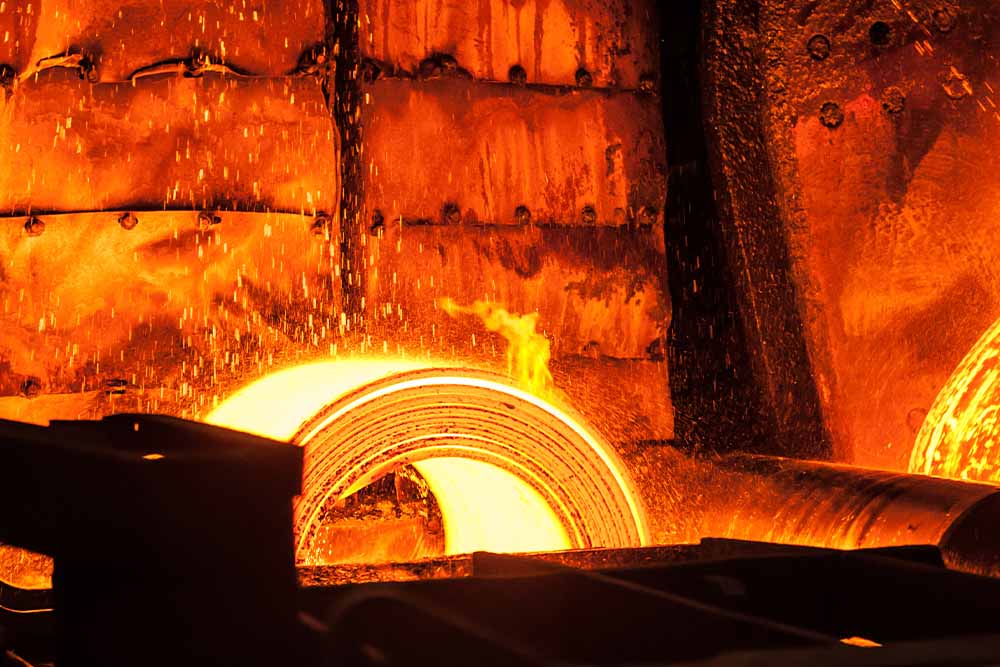Metal Forming in Manufacturing Engineering - Level 3
Overview
Metal forming operations, also known as mechanical working processes, are basic shaping processes that involve the application of mechanical forces to a mass of metal or alloy. The shape and size of a metal object changes as a result of the operation of such forces.
Metal forming procedures are used to create structural parts and components that are employed in a variety of industries such as automobiles, aerospace, and appliances. Metal forming techniques encompass a wide range of operations that deform sheet or tube metal to form the desired geometric component.
The primary purpose of this course is to help you better grasp the concept of metal forming. The rolling process is the main focus here, however, extrusion, drawing, forging, sheet metal, and other processes will also be discussed.
Why you should consider taking this course at Study365
Study 365 is a leading online education provider for several accredited organisations. It provides learners an opportunity to take this Certificate in Metal Forming in Manufacturing Engineering – Level 3, one of the best IAP courses. At Study365, we give our fullest attention to learners’ needs and ensure they have the necessary information required to proceed with successful careers.
Our priority is the advancement of knowledge and skills, bound to facilitate everything required to confirm a top-notch education service. We vouch for our learners an exclusive learning experience by paying close attention to each of their unique requirements and coming up with solutions every time. We provide them with state-of-the-art facilities using the latest technology.
The benefits of studying with Study365 are ample. Here are just a few;
- Informative and secure
- Expert tutor support
- Learn at your own pace
- Versatile and motivated learning
- A culture of continuous improvement
- About the Tutor
- Learning outcomes
- Whom is this qualification for?
- Prerequisites to take the course
- Method of assessment
- Certification
- Awarding body
- Career path and progression

With over 8 years of industrial experience, J Aatish Rao is a dynamic mechanical engineering specialist. He conducting workshops and engaging in instructional activities. Certified to teach a variety of software, scientific, and engineering courses. He is Autodesk Certified Professional, Autodesk Fusion Certified User, Clear Fit Certified team Leader, Industrial consultant, and stargazer.
- Understand process of re-crystallisation, hot and cold working and grain theory
- Familiarise yourself with the rolling process
- Learn about basic function and formula of extrusion and drawing
- Understand the operations behind sheet metal
- Mechanical engineers (graduates and undergraduates)
- Manufacturing engineers (graduates and undergraduates)
- Students and enthusiasts having interest in the subject
- Students should have some idea of material science such as grain theory
- Brief knowledge of concepts of mechanics of solids
- Know basics of high school calculus and trigonometry
This is a knowledge-based course, and thus, will contain no method of assessment.
Upon the successful completion of the course, learners will be awarded an accredited Certificate of Completion for Metal Forming in Manufacturing Engineering - Level 3 by iAP.
The International Awards for Professionals (iAP) is an awarding body established in 1999 that aims to promote a high educational standard. It hopes to create online education that is trustworthy and credible. It is focused on raising the standards of online education, and ensuring it is accessible to all. The iAP provides accreditation for a range of educational establishments, and monitors and continually develops the educational standards of such institutions. Its globally recognised certifications allow learners to acquire the skills and knowledge needed to gain employment in the chosen fields anywhere in the world.
Upon successfully completing this course, learners will have the knowledge and skills to enter the relevant job market with the confidence to explore a wide range of industry-related jobs. You can further study related courses that will open new and existing doors which will pave the way to exciting opportunities. Adding this as a skill set on your resume is beneficial to raise your value. Top employers and organisations will recognise your skills that will enable you to land a generously-paying job. Given below are job titles you can compete for:
- Mechanical technician
- Production engineer
- Mechanical design engineer
Course Curriculum
| 1. Introduction | |||
| 1.1. Promo Manufacturing Engineer – Metal Forming | FREE | 00:01:00 | |
| 1.2. Scope of the Course | FREE | 00:02:00 | |
| 1.3. What is Metal Forming | 00:05:00 | ||
| 1.4. Re-Crystallization | 00:07:00 | ||
| 1.5. Hot vs Cold Working of Metals | 00:02:00 | ||
| 1.6. Flow Stress | 00:08:00 | ||
| 2. Rolling Process | |||
| 2.1. Terminology | 00:07:00 | ||
| 2.2. Rolling Mechanism – Avoiding Unbalanced Forces | 00:09:00 | ||
| 2.3. Rolling Mechanism – Angle of Bite & Deformation Length | 00:09:00 | ||
| 2.4. Slip | 00:04:00 | ||
| 2.5. Maximum Reduction | 00:04:00 | ||
| 2.6. Force and Power in Rolling Processes | 00:03:00 | ||
| 2.7. Reducing Power & Force | 00:05:00 | ||
| 2.8. Types of Rolling Mills | 00:07:00 | ||
| 2.9. The Roll Pass Design | 00:06:00 | ||
| 2.10. Rolling Defects | 00:04:00 | ||
| 2.11. How to Create a Production Report for a Rolling Mill | 00:18:00 | ||
| 3. Extrusion & Drawing | |||
| 3.1. Understanding Extrusion | 00:02:00 | ||
| 3.2. Types of Extrusion Process | 00:06:00 | ||
| 3.3. Important Formulae | 00:04:00 | ||
| 3.4. Advantages & Drawbacks of Extrusion | 00:02:00 | ||
| 3.5. Wire Drawing | 00:04:00 | ||
| 3.6. Force and Power in Drawing | 00:04:00 | ||
| 3.7. Tube Drawing | 00:03:00 | ||
| 4. Forging Process | |||
| 4.1. Why Forged Parts are the Best | 00:03:00 | ||
| 4.2. Types of Forging | 00:03:00 | ||
| 4.3. Forgeability | 00:13:00 | ||
| 4.4. Forging Analysis | 00:02:00 | ||
| 4.5. Forging Operations | 00:03:00 | ||
| 4.6. Forging Defects | 00:03:00 | ||
| 5. Sheet Metal Operations | |||
| 5.1. Sheet Metal | 00:03:00 | ||
| 5.2. Punching and Blanking | 00:04:00 | ||
| 5.3. Sheet Metal Operations | 00:03:00 | ||
| Completion Certificate Request | |||
| Completion Certificate Request | |||





No Reviews found for this course.